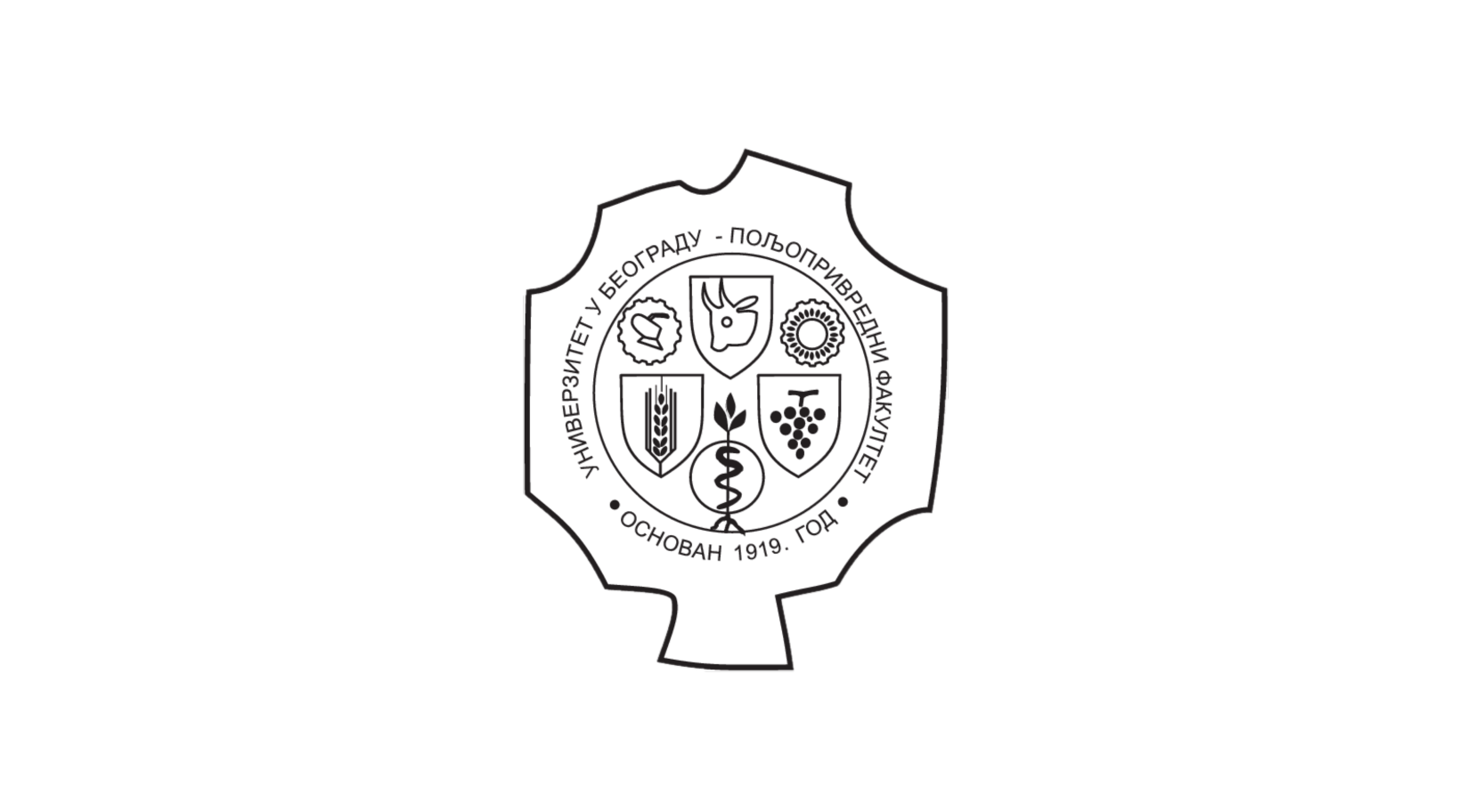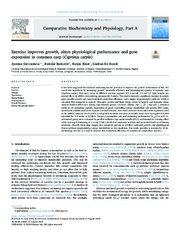Приказ основних података о документу
Exercise improves growth, alters physiological performance and gene expression in common carp (Cyprinus carpio)
| dc.creator | Shrivastava, Jyotsna | |
| dc.creator | Rašković, Božidar | |
| dc.creator | Blust, Ronny | |
| dc.creator | De Boeck, Gudrun | |
| dc.date.accessioned | 2020-12-17T22:12:30Z | |
| dc.date.available | 2020-12-17T22:12:30Z | |
| dc.date.issued | 2018 | |
| dc.identifier.issn | 1095-6433 | |
| dc.identifier.uri | http://aspace.agrif.bg.ac.rs/handle/123456789/4643 | |
| dc.description.abstract | It has been suggested that induced swimming has the potential to improve the growth performance of fish. We tested this hypothesis by measuring growth, metabolic efficiency and physiological capacity of common carp (Cyprinus carpio). Fish were swum at different exercise regimes: 0.0 (control), 1.5 and 2.5 body lengths per second (BL/s) in 1600 L recirculating raceways for 4 weeks. The results showed a significant increase in weight gain, specific growth rate, improved feed conversion efficiency, and a higher hepatosomatic index for 2.5 BL/s exercised fish compared to control. Glycogen, protein and lipid energy stores in hepatic and muscular tissue showed limited differences among experimental groups. Likewise, plasma [Na+], [K+] and [Cl- ] remained stable at all swimming regimes. Expression of genes controlling energy metabolism and growth (IGF-I axis, cytochrome oxidase) and stress response (cortisol receptor, heat shock protein 70) revealed clear regulatory roles as the mRNA transcript levels of IGF-I and growth hormone receptors in hepatic tissue were up-regulated in fish exercised for 3-4 weeks at 2.5 BL/s. Oxygen consumption rate and swimming performance (U-crit) for each experimental group were evaluated in parallel in Blazka-type swim-tunnels (3.9 L) and showed no training effect while prolonged swimming at 1.5 and 2.5 BL/s facilitated ammonia excretion and prevented build-up of plasma ammonia. Overall, these data suggest that sustained exercise at 2.5 BL/s enhanced growth and physiological fitness without compromising energy metabolism or ion-regulation. Our study provides a prospective of implementing exercise as a tool to increase fish production efficiency in commercial aquaculture systems. | en |
| dc.publisher | Elsevier Science Inc, New York | |
| dc.relation | University of Antwerp Research Council [BOF-DOCPRO-31444] | |
| dc.relation | COST ActionEuropean Cooperation in Science and Technology (COST) [FA1304] | |
| dc.rights | openAccess | |
| dc.source | Comparative Biochemistry and Physiology A-Molecular & Integrative Physiology | |
| dc.subject | Exercise | en |
| dc.subject | Growth | en |
| dc.subject | Metabolism | en |
| dc.subject | Energy budget | en |
| dc.subject | Trancriptomics | en |
| dc.subject | Growth hormone | en |
| dc.subject | Insulin-like growth factor I | en |
| dc.title | Exercise improves growth, alters physiological performance and gene expression in common carp (Cyprinus carpio) | en |
| dc.type | article | |
| dc.rights.license | ARR | |
| dc.citation.epage | 48 | |
| dc.citation.other | 226: 38-48 | |
| dc.citation.rank | M21 | |
| dc.citation.spage | 38 | |
| dc.citation.volume | 226 | |
| dc.identifier.doi | 10.1016/j.cbpa.2018.08.007 | |
| dc.identifier.fulltext | http://aspace.agrif.bg.ac.rs/bitstream/id/3169/4640.pdf | |
| dc.identifier.scopus | 2-s2.0-85052120060 | |
| dc.identifier.pmid | 30138690 | |
| dc.identifier.wos | 000447114200006 | |
| dc.type.version | publishedVersion |


